I have an application in which I need to drive a MOSFET in saturation to create a constant current load. I'm using an opamp in a fairly straightforward feedback circuit for this, but the current the MOSFET can conduct is limited, since my opamp is running at 3v, limiting its maximum gate drive voltage to roughly the same (the opamp is the rail-to-rail MCP6002).
Since the current required by the MOSFET gate is effectively zero, it ought to be possible to use a capacitative voltage doubler like the Dickson Charge Pump to increase the gate drive voltage. However, I would really like to minimize the number of components in this circuit.
I know an opamp can be set up as a square wave generator to drive a charge pump. If I have spare opamp circuits in my IC, is it possible for an opamp to double its own supply rail?
I tried mocking up such a circuit, but I'm fairly sure it won't work:

If I'm correct, when the opamp output goes high, the opamp is effectively shorting C2, which won't have the desired effect at all. Is there a way to reconfigure the circuit that will work?

